Equipment
He’s Got Game: A Q&A with Ping’s Marty Jertson
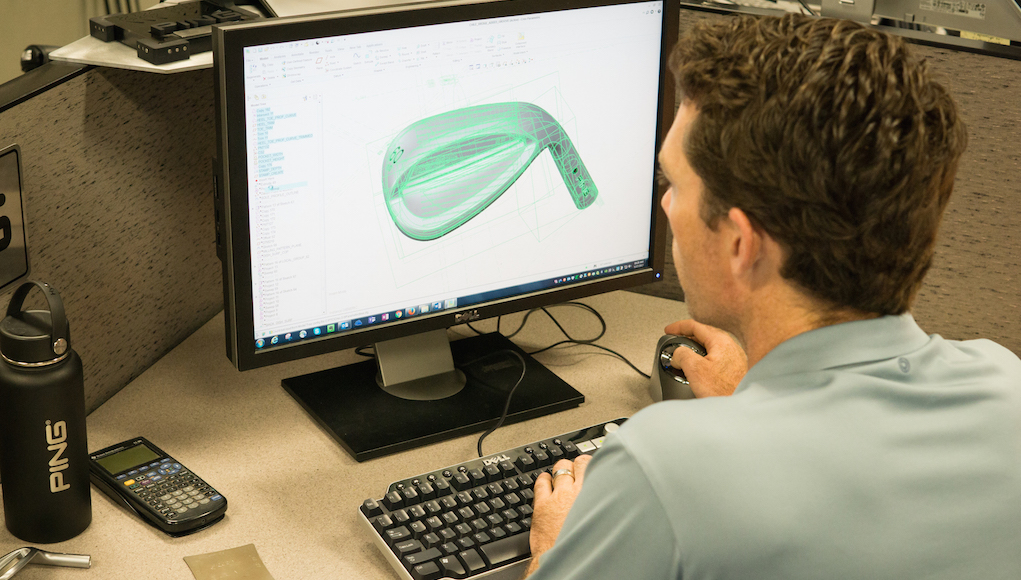
As Ping’s Director of Product Development, Marty Jertson is responsible for designing the new golf clubs that Ping launches each year. That’s just one of the talents of the 36-year-old, however, who has been designing clubs for Ping for almost 14 years.
Jertson belongs to the small group of golf equipment industry professionals that have competed in a PGA Tour event, and he’s done it six times. In 2010, he Monday qualified for the Shriners Hospital for Children’s Open, and he did it again in 2011, 2015 and 2016. He’s also competed in two major championships: the 2011 and 2012 PGA Championship. As a PGA Professional, Jertson qualified by way of the PGA Professional Championship, finishing 5th in 2011 and 7th in the 2012.
Enjoy this Q&A with Jertson and our Zak Kozuchowski, who asked him about club design, his game, and Ping’s latest equipment launches.
ZK: How many clubs would you say you’ve designed, or had a part in designing in your career?
MJ: Oh man. I don’t have a list in front of me, but I’d have to say it would probably be somewhere on the scale of about 25 different products.
ZK: When you’re designing those golf clubs, how much do your skills as a golfer and your experience competing against the best golfers in the world influence the way you design golf clubs?
MJ: Tremendously. And I think the key to that is to have the eye and know what’s important to the elite player. But at the same time, I have the ability to sympathize and observe the everyday golfer. I know what their challenges and weaknesses are.
ZK: I wanted to speak a little bit about iron design, because we’ve had conversations about this in the past. I think many golfers might expect, given what you’ve accomplished in professional golf, that you would play a set of blade irons. But in the past, you’ve always used larger, more forgiving irons. What irons are you playing right now, and why are you playing them?
MJ: I’ve kind of progressed. Ironically, I’ve improved my technique pretty substantially over the last two or three years. So for the first time in a long time, I’m playing our blade irons in the mid irons to short irons. So I’m playing iBlade 6-iron through wedge, and I’m playing an i200 5-iron. And then I play our Crossover 5-iron as my 4-iron. It gives me progressively more power there in the 4-iron and 5-iron.
But in the past, I have played our bigger irons. And it’s been great for me when my swing was steeper to have the wider sole, and then also to be able to launch the ball in the air higher. Because that’s kind of the big thing for me … I would consider myself average PGA Tour distance, or maybe nowadays maybe slightly below average, so I had to hit the ball higher in the air with my irons. That’s just something that the guys with more speed are able to do just through their speed, but I had to use the equipment to be able to do that.
Editor’s Note: Shortly after this interview took place, Jertson informed us that he has replaced his Ping Crossover 5 iron with an i200 4 iron.
ZK: Ping is obviously known for its golf equipment; its irons, its drivers, its putters. But it also has a technology niche in the golf equipment industry with its iPing app, its nFlight Fitting System and with the the tempo trainer on the Apple Watch. For someone of your level to say, “I’ve gotten significantly better as an iron player recently,” how much of that is technology? How much of that is your equipment? And how much of that is just hard work?
MJ: Yeah, it’s all those components harmonizing together. And I would say it’s just the never-ending journey to seek the best information and always have the best answers. That’s helped us develop good tools, and I think this is something important for the golf marketplace to understand. Just because there is a new high-end tool doesn’t necessarily mean it’s the best tool or could be the most applicable to you. So I think seeking the right tools for what you’re trying to work on in your game, seeking the right instructional information and then obviously seeking out the right golf equipment. A big part of that is just the fitting optimization. Golfers want the best designed equipment with the best fitting optimization. And when you get that, those two things working together synergistically, that’s kind of the holy grail where you can get a major leg up on your competition that may be more talented, but you can kind of outsmart them.
ZK: One of the most challenging club decisions for serious golfers is deciding between playing a set of blade irons or something’s that’s larger and more forgiving. What would you say right now to the golfer who is making the decision between a blade and a more forgiving cavity-back?
MJ: Yeah, I think there are some questions that golfers can ask themselves. How high do they need to hit the golf ball to stop it in their conditions? How much forgiveness do they need? They kind of need to be honest with themselves about how much forgiveness they need from the turf interaction. If somebody is a good, avid player but they’re a little inconsistent in how they engage the turf — they might sweep some then take bigger divots with some — that could gravitate them away from a thin-soled blade and into something with a little more forgiving sole. If their priority is on workability — if they like being able to hit it high and low and hit little fades and draws — that’ll help them gravitate toward blades. So, I think they just need to take some time to really give an honest assessment of their skills and what their balance of forgiveness, workability and distance is. That can help guide their selection process.
It’s very challenging for all of us as golfers because as better players, we all love the looks and the beauty of a more muscle back-looking club. But try to put your ego on pause when you’re evaluating those factors. Then you can really again gain a competitive advantage over your buddies you’re playing against at the club if you make the best decisions.
ZK: One of the perks of your job is that you don’t have to pay for new golf equipment and you get to use new golf equipment well before it’s released to the public. Has there ever been a time when an old club in your bag was simply too good to give up?
MJ: Oh, that’s such a good question. I’ve kind of been in the same boat as a lot of the GolfWRX readers out there in that when you find a good 3-wood, it’s the hardest one to get out of the bag. I think back to early on in my career at Ping when we had the G2, the G5 fairway woods which were fantastic, and we had a lot of our Tour players still using the TiSi Tec and I was one of those guys. I used the TiSi Tec through a couple different generations of our fairway woods, but that really helped motivate me in the design process. For example, I worked on our latest fairway wood in the marketplace, the G fairway wood. I went back and studied; I took 3D scans of the TiSi Tec, studied the lead edge, studied the bounce configuration and tried to decode why that fairway wood was so good and that helped us learn from it. I think that’s my main example, and I think a lot of readers can sympathize with that. The fairway wood is the one that when you find a good one, it can be tough. But from a design standpoint, that’s very motivating to help try to create the new one that’s going to be hard to get out of your bag.
ZK: A counter example to a club that’s difficult to get out of your bag would be the new Glide 2.0 wedges. When they were released on the PGA Tour, we saw the vast majority of the Ping staff switch immediately. Why do you think that was?
MJ: Well, they just were able to hit pitches and chips around the green that they just hadn’t been able to hit before with the modern-day golf ball. Maybe some of the older guys who played a Balata and were able to send them in there low with a lot of spin, it kind of created a little nostalgia for them. The young, millennial players who never even grew up with a Balata, grew up with a Pro V1, they just had never seen the ability to hit these low, squeezing, sizzling, pitches and chips. And so that just got them very, very excited and they’ve been very satisfied with the groove design to pair along with the grinds, which are just phenomenal.
ZK: OK, last question, Marty, and I’ll put you on the spot. What are the five favorite clubs that you’ve ever used or designed?
MJ: Five favorite used or designed. So I designed the G30 driver, that would have to be the No. 1 because it did so good in the marketplace. It was when we brought Turbulators to the table, a new face material to the table; it had a really easy fitting-optimization tool with the three different models, the shaft technology. The whole package was phenomenal. It did great in the marketplace. I have to give that No. 1.
No. 2 behind that would probably be the Ketch putter. I didn’t work on the design of it, just some of the background research on the alignment stuff, but I used the Ketch putter. And the alignment characteristics of that putter and the feel of it — I have a long putter version of it — and the ability to get it to weight for me is just phenomenal. And that putter helped so many players win tournaments. And the alignment characteristics of that putter are just phenomenal. So I would have to give that one No. 2 from a playing perspective.
No. 3, I would go with the first club I ever worked on that was launched in the marketplace, which was the Rapture hybrid a long time ago. And that one was fun because, remember, it was my first ever club, it performed really well for the time, had some amazing technology like 475 face material, a huge tungsten weight welded to the sole, some really exotic rib pattern in the crown to get it to sound good. And we just had a lot of players — that was one of those clubs that was just hard to get out a lot of player’s hands for many, many years. And it was the first that I owned and worked on here at Ping.
No. 4 would be the i200 irons. So I play the i200 (4 and 5) iron, but this iron has been far and away, I think, just our best overall iron for the avid player out there. The feel of it is the best feeling iron we’ve ever made at Ping. And that same technology that gives it that soft, buttery feel — it kind of feels like the ball stays on the face forever — is the technology that gives it amazing precision. So just how high the inertia is on that iron — the i200 iron has the inertia of our G15 iron — so it’s just so much horsepower packed into that package. And it feels phenomenal. And I think it’s done great its first couple months out, and I think it’s going to keep doing wonderful as more and more players hit it and experience the feel and overall performance.
And let’s see, No. 5, I’d go with the i20 driver … We launched the matte black paint, and the shaping and profile of that driver was just very beautiful. It had a long hosel, kind of a real flow transition from the hosel into the head, had some technology to get more club-head speed out of it, had tungsten weighting, it felt phenomenal. It was just a very player’s looking and feeling driver. But it went very, very straight. And I played a lot of my best golf at the time with that driver. Nowadays, we just have so much more horsepower in our drivers from the inertia and stability standpoint. But that driver just had amazing experience to it. The look of it: the matte black, the hosel transition, the way it flowed in, even the shaft that we were using had a cool matte to it, kind of all-business, kind of murdered-out look to it. And then it felt and flew phenomenal. So I’d go with those as my top five.
- LIKE192
- LEGIT8
- WOW5
- LOL3
- IDHT1
- FLOP1
- OB1
- SHANK4
Equipment
Three Swing Challenge: Testing the Graphite Design Tour AD VF shaft

One of our Instagram followers requested that we take a look at the Graphite Design Tour AD VF golf shaft. Just a few weeks later, it has made its way onto the Three Swing Challenge to see where it stacks up.
Why three swings?
Many years ago, the legendary Barney Adams, founder of Adams Golf told us this:
“My formula as a fitter was three shots only. I discounted No. 1 just because it was the first one, counted 100 percent of No. 2 and discounted No. 3 because the player was starting to adjust.”
- LIKE0
- LEGIT0
- WOW0
- LOL0
- IDHT0
- FLOP0
- OB0
- SHANK0
Whats in the Bag
Club Junkie WITB league night, week 14: Soft conditions ahead

Week 14 is upon us and it looks like we are going with some more forgiving irons and a new hybrid with a new shaft! The course will be soft after some heavy rain this week, so let’s go with lots of bounce and an extra hybrid. The wedges are high bounce and the same as last week.
Driver: Cobra Darkspeed X (10.5 degrees)
Shaft: VA Composites Raijin 2.0 65x
3-wood: TaylorMade Qi10 Tour (15 degrees)
Shaft: Fujikura Ventus Red 7x (2018)
3-hybrid: TaylorMade Qi10 Tour Rescue (19.5 degrees)
Shaft: Mitsubishi Tensei AV Limited Blue HY 75s
4-hybrid: PXG Black Ops (22 degrees)
Shaft: Mitsubishi Tensei AV Limited Blue HY 75s
Irons: Ping i230 (5-PW)
Shaft: Fujikura Axiom 105s
Wedge: Titleist Vokey SM10 (50.12F)
Shaft: Nippon Modus Tour 105 Stiff
Wedge: Titleist Vokey SM10 (56.14F)
Shaft: Nippon Modus Tour 105 Stiff
Wedge: Titleist Vokey Wedgeworks (60 A+)
Shaft: True Temper Dynamic Gold S200
Putter: Odyssey Ai-One Milled 8 T S
Shaft: UST All-In
Ball: Titleist ProV1x
- LIKE0
- LEGIT0
- WOW0
- LOL0
- IDHT0
- FLOP0
- OB0
- SHANK0
Equipment
Toulon launches its latest Small Batch creation: Paris

Toulon’s has unveiled its latest Small Batch creation — Paris — which pulls inspiration from the reigning men’s gold medalist’s putter but adds a bit of flair befitting a putter named Paris.
This compact winged mallet borrows design cues from the brand’s original Las Vegas design.

One of the unique design features is the shape of the top line. The top line flares to the toe and heel points — complementing the overall profile shape of the Las Vegas. This leaves the thinnest part of the top line in the center to provide a natural framing of the golf ball at address. This simple design element works in design to enhance the alignment aids provided by the simple top line and the lines created by the wings.

Taking notice of the trends toward small-to-midsize mallets with plumber’s neck style hosels, Paris uses a new slightly shorter version of Toulon’s H1 hosel. This neck design was created to produce a 25-degree toe hang and a full shaft offset. These two factors are designed to make Paris swing like a traditional blade style putter with the added benefit of the alignment features created by the winged shape.

A traditional blade putter will measure just over 1 inch in thickness from front to back, making alignment more difficult for many golfers. Paris measures about 3 inches front to back and about 3 inches from toe to heel on the face. This geometry aims to not only create excellent balance, but also a virtual square — in design to allow for great improvement in aiming.
The creators of Paris also spent many hours on the shape and dimensions of the wings as well as the thickness of the face in an effort to create a sound and feel that golfers will love.

Paris also uses the brand’s major championship-winning Deep Diamond Groove mill pattern. This face mill is helpful in creating two important performance benefits — improved sound and feel and improved forward roll.
The sole of the putter features the iconic Eiffel Tower flanked by a repeating Toulon logo and Paris wordmark laser engraving designed to bring to mind legendary French fashion brands.

To commemorate the City of Light, Toulon also created a new finish in a Champagne hue. Inspired by the crisp sparkling wines that France made famous, Toulon applied a light mist to the slow-milled 904L Stainless Steel body before applying the Champagne PVD.
Putter Specs:
- Material: 904L Stainless Steel
- Face Mill: Toulon Deep Diamond Groove
- Finish: Champagne Mist PVD
- Grip: Custom Toulon Collection Black and Champagne Pistol
- Shaft: Black Stepless Steel
- Headcover: Toulon Small Batch Leather
- Head Weight: 353 g
- Toe Hang: 25-degrees
- Loft: 3-degrees
- Lie: 70-degrees
Price & Availability
The Small Batch Paris is available for purchase on a first come, first served basis on July 26th via the company’s website — ToulonGolf.com and are priced at $1,800 each.
- LIKE0
- LEGIT0
- WOW0
- LOL0
- IDHT0
- FLOP0
- OB0
- SHANK0
-

 Product Reviews2 weeks ago
Product Reviews2 weeks agoThree Swing Challenge: Testing the Edel Array F-2 putter
-

 Equipment2 weeks ago
Equipment2 weeks agoWhat clubs do equipment free agents choose to use on tour? We found out
-

 News3 weeks ago
News3 weeks agoHighlights from the Wilson Golf Product Testing and Fitting Experience at Pinehurst
-

 News3 weeks ago
News3 weeks agoDavis Thompson’s winning WITB: 2024 John Deere Classic
-

 19th Hole2 weeks ago
19th Hole2 weeks agoMajor champ ‘disappointed’ not to be chosen as U.S. Ryder Cup captain
-

 Whats in the Bag5 days ago
Whats in the Bag5 days agoXander Schauffele’s winning WITB: 2024 Open Championship
-

 19th Hole3 weeks ago
19th Hole3 weeks agoIan Poulter explains decision to skip Open Championship qualifying
-

 19th Hole2 weeks ago
19th Hole2 weeks agoLIV pro explains how he believes players are ‘cheating’ on DP World Tour

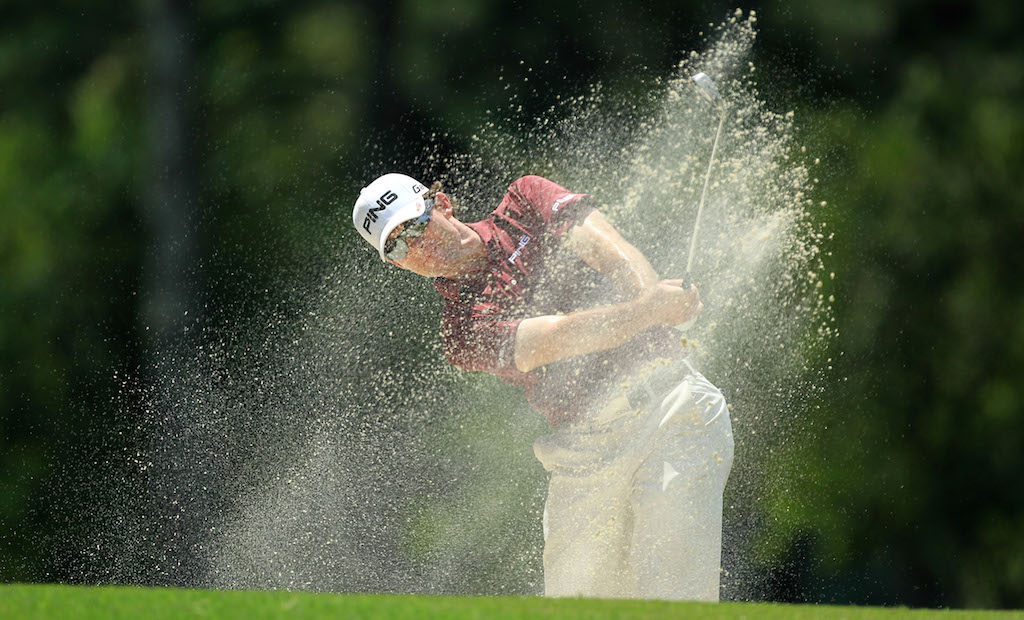
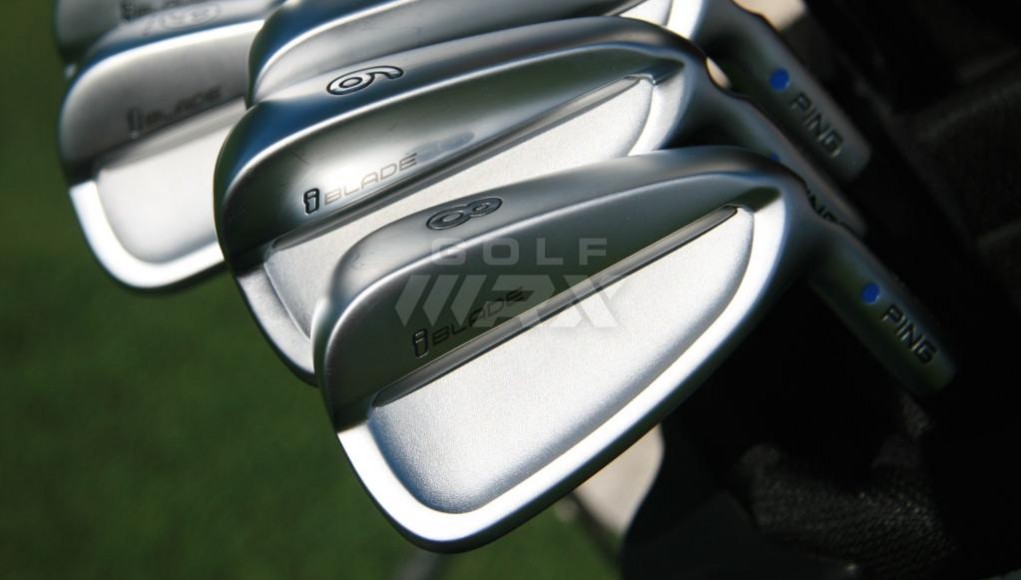
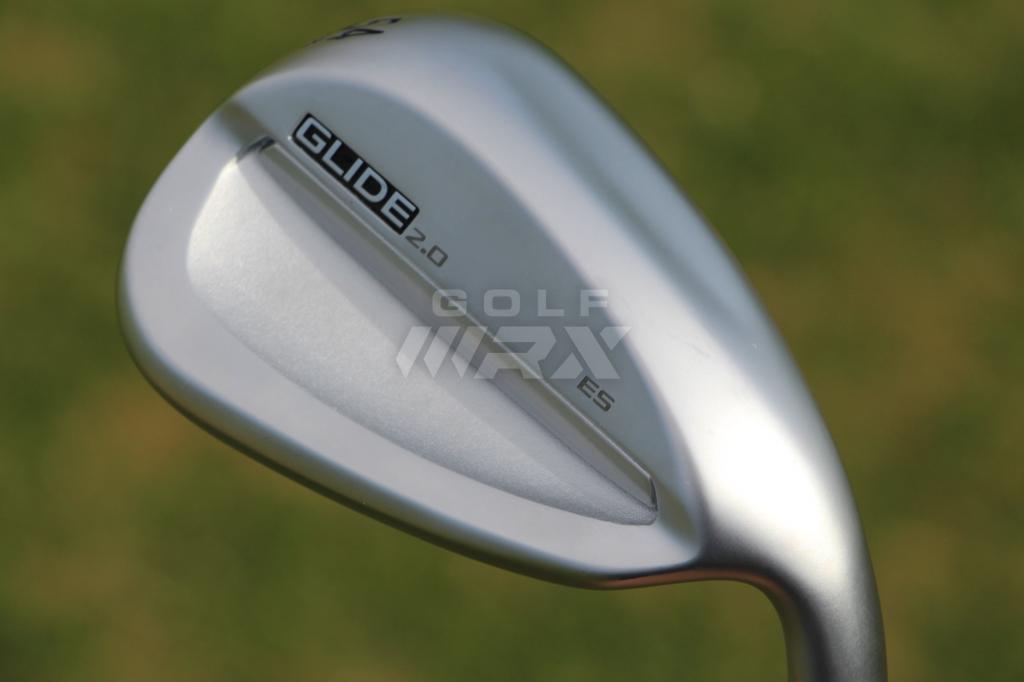
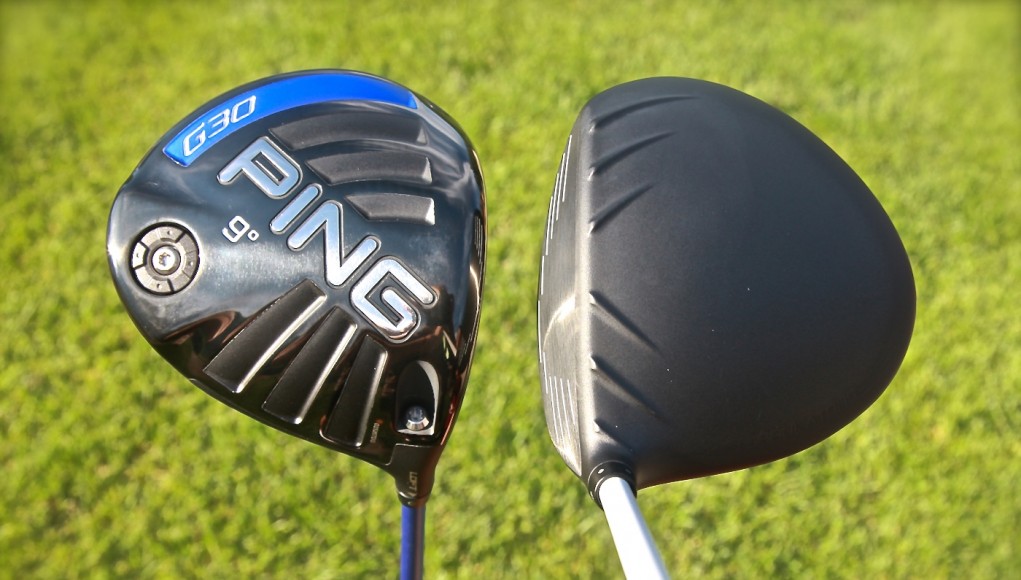
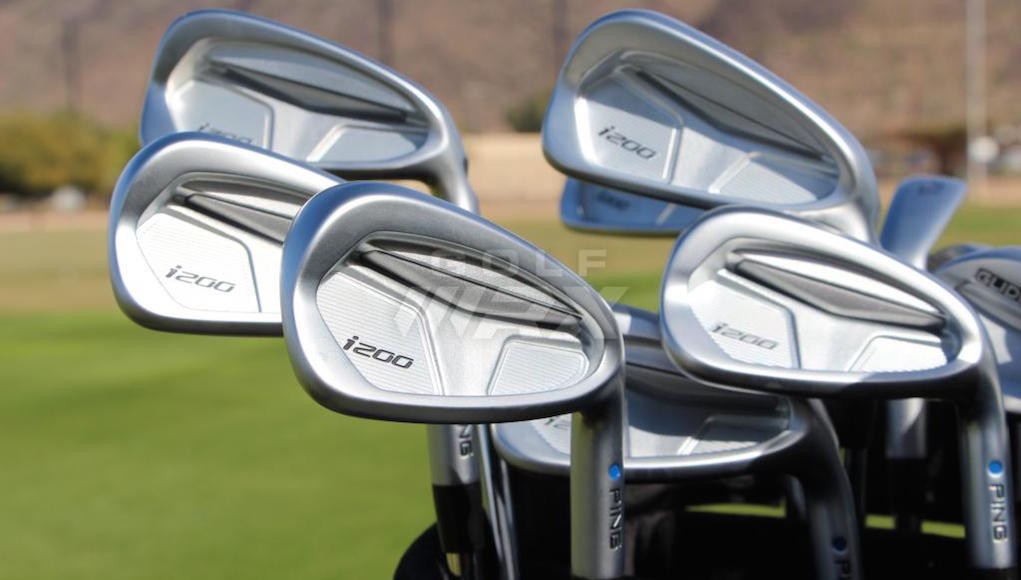


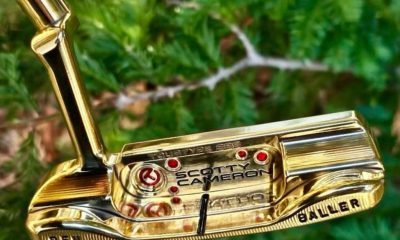

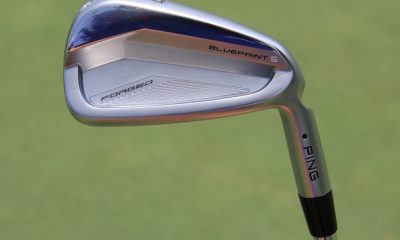

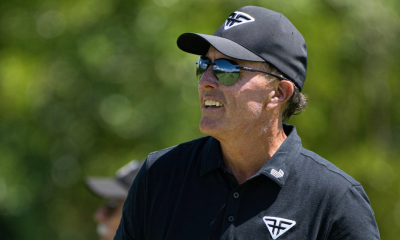

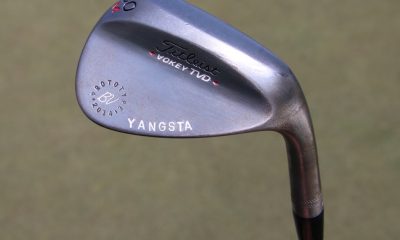

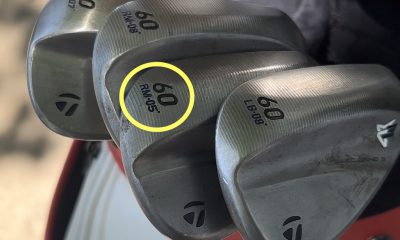

















gwillis7
Jun 4, 2017 at 10:03 pm
*Ketsch
Marty has the greatest job in the world, great interview!
Played the eye 2’s forever and finally switched to the i e1 irons and love them, I’m a Ping iron and putter guy for life. Absolutely love the looks of the recent equipment the past year with the iBlade and i200’s…keep up the great work
Phil
May 31, 2017 at 3:50 pm
JERTYBIRD
Jarod O'Neil
May 30, 2017 at 2:38 am
Such a shame Ping are going backwards! That make amazing hardware but can’t seem to get much more out of their product!
Thank god they are a privately owned company otherwise they would be done!
Not Marty
May 31, 2017 at 6:35 am
Backwards? Puh. Leeze.
Ken C
May 29, 2017 at 9:34 pm
Been playing the Ping G irons and Glide 2.0 wedge.
Great clubs replaced the G25 irons and Glide wedges. Regained lost yardage and improved looks and playability and more confidence in new sticks. Ketsch is one solid putter. Thank you Ping for offering us Lefties all the options.
Ken C
May 29, 2017 at 9:32 pm
Been playing the Ping G irons and Glide 2.0 wedge.
Great clubs replaced the G25 irons and Glide wedges. Regained lost yardage and improved looks and playability and more confidence in new sticks.
Doug
May 29, 2017 at 9:14 pm
I have gone back to my Ping Zing 2’s on several occasions after purchasing different sets of irons after finding nothing really better….I am using Ping G-30’s currently and cannot say they are any better. Ping eye two’s will also stand up to just about any forgiving irons on the market to this day. I would bet Ping could bring then back and still sell as many as some of their new product….
Qu
May 29, 2017 at 4:00 pm
You need a 64* wedge to get it up and in?
Richard Sutherland
May 29, 2017 at 11:56 am
Just got my I200 irons 2 weeks ago. Have only played 2 rounds with them and a couple of trips to range. I am loving the ball flight and regaining of yardage that I had lost over the years. When testing out other brands, the I200 also gave me the tightest dispersion of those clubs tested. This is my 5th set of Ping irons Zing, ISI, I3 Blade, S57, and now I200. Will be adding new Glide 2.0 wedges in the next 30 days.
Great clubs, Great Company and Customer Service.
JE
May 29, 2017 at 11:10 am
Great read! Almost all Ping bag for me. The i25 irons are outstanding as are the G series woods.
Thank you Marty and Ping for making awesome products.
Martin Chuck
May 29, 2017 at 11:05 am
Marty is a stick! I only play in a couple of Southwest Section events each year, and he’s right there at the top within a very competitive section.